Contemporary Realism Artist Michael Klein: “I have become profoundly aware of the importance of understanding myself and my art in relation to God.”
Standing Before Creation
by Michael Klein
There is nothing more misguided than the belief that the only created order in the universe is that of man.
After returning to New York from a three-and-a-half-year sojourn abroad, I realized the profound impact beauty has on our lives. On our property in Buenos Aires there are two small houses and a large artist’s studio. While in Argentina, my daily routine consisted of waking up in the morning and walking through a beautiful rose-filled garden. Being back in the states, I now wake up to the reality of city life—very little fresh air, no vegetation other than a couple of trees planted for aesthetic reasons, and a lot of noise as people rush to work. The reason I mention this contrast is because beauty is crucial to understanding nature, and therefore, art.
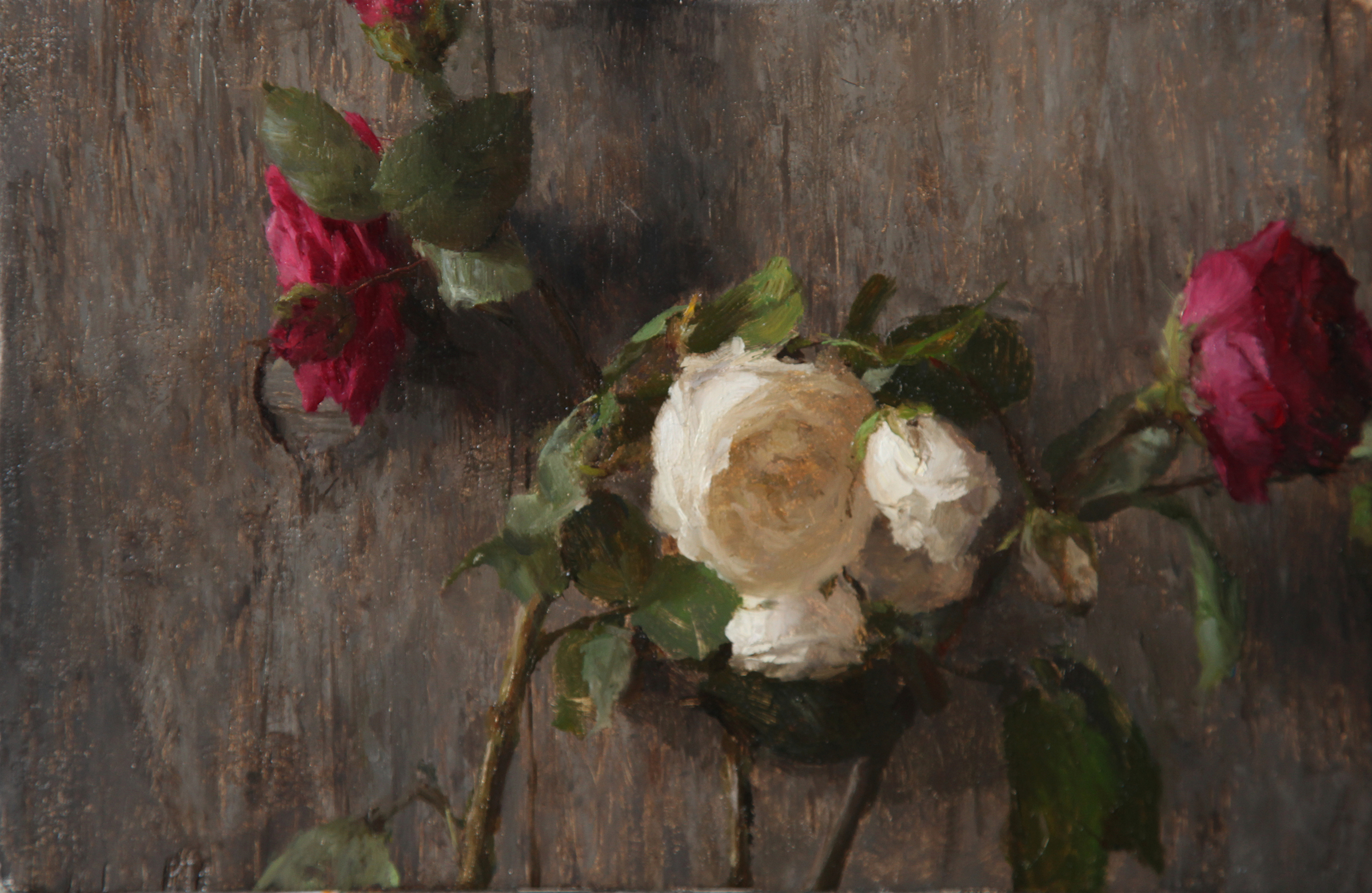
“‘Beauty is truth, truth beauty,’ – that is all/Ye know on earth, and all ye need to know.” John Keats’ nineteenth-century poem “Ode on a Grecian Urn” reflects on the idea that beauty is a very present reality—we can’t deny its existence. And because beauty exists, we can know that truth exists as well. By contrast, eighteenth-century Scottish philosopher and skeptic David Hume wrote, “Beauty in things exists merely in the mind which contemplates them.”
If Hume’s view is true then beauty does not exist as a thing in itself, and everything is just random chance. But common sense tells us that randomness by definition does not have order, and that one of the essential qualities of beauty is order. To be more precise, mathematical order can be found in many different aspects of composition of both music and painting.
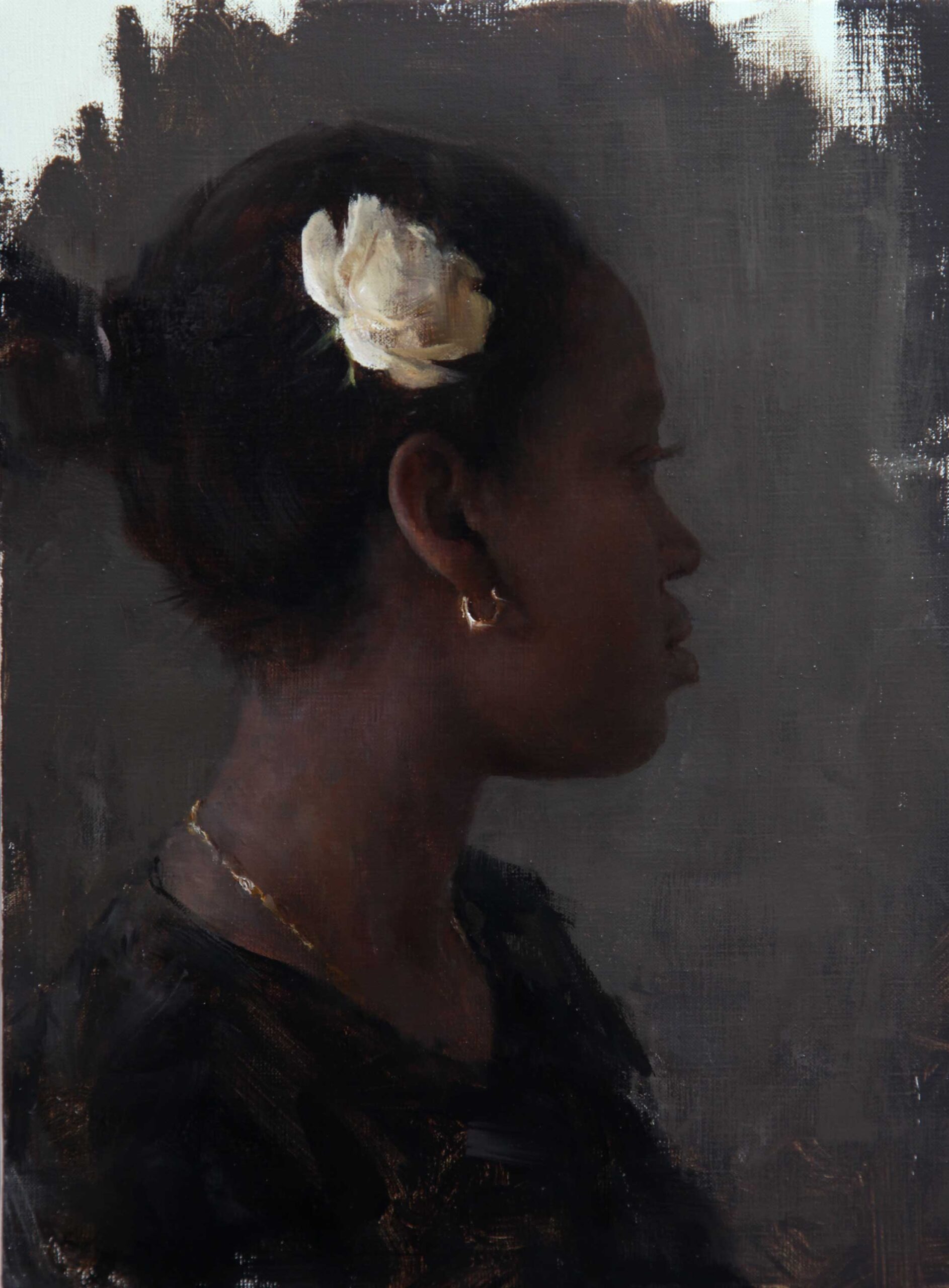
Think about the sound of a crowd cheering. Then compare that to a choral piece by Bach. Both are created with human voices, working together to produce a desired effect. One is a completely random attempt to cheer on a favorite team—some with loud voices, others less so. In this instance, the pitch or tone at which they are screaming doesn’t matter. Now think about how much practice, talent, and orchestration is required to produce the Bach composition.
With this you can begin to understand that defining things is an important part of distinguishing varying aspects of the world around us. One could easily say that the chant of thousands of people cheering for their favorite team is something beautiful to behold, and I agree—although it is in a fundamentally different class than the beauty of a Bach choral piece.
We could make a similar comparison with visual art. If you set Whistler’s “Harmony in Blue and Gold: The Peacock Room” against Sol LeWitt’s wall drawings, the difference is astonishing. The reason for the stark difference is apparent when we hear LeWitt’s explanation of his creative process: “The draftsman and the wall enter a dialogue. The draftsman becomes bored but later through this meaningless activity finds peace or misery. The lines on the wall are the residue of this process. Each line is as important as each other line. All of the lines become one thing. The viewer of the lines can see only lines on a wall. They are meaningless. That is art.”
This contrast between the work of Whistler—a source of beauty—and the work of LeWitt—an expression of meaninglessness—illustrates the difference between art and a form of obsolete intellectualism.
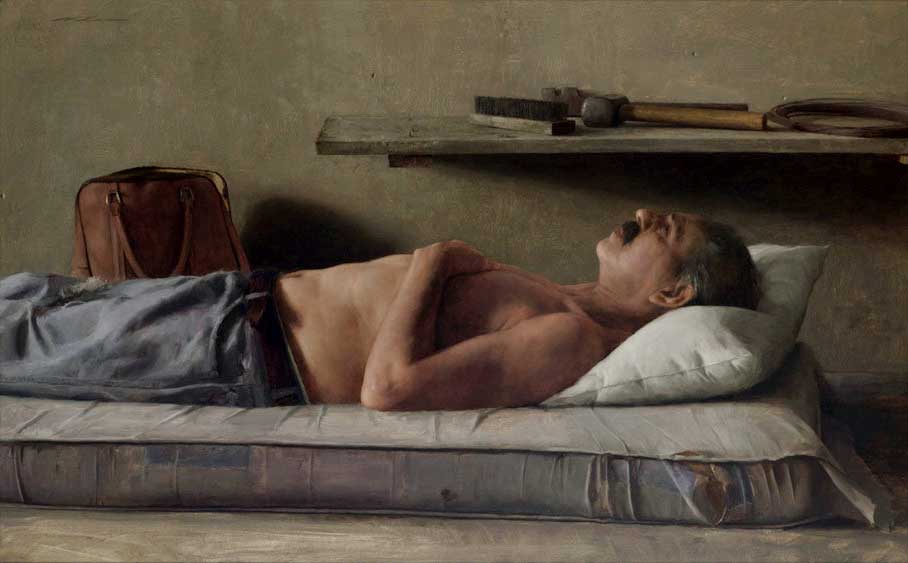
After many years of painting, I now believe that great art embodies the soul of man, just as through the created universe we are able to see the invisible attributes of the creator God. This is not a fashionable avenue down which to travel, but I have become profoundly aware of the importance of understanding myself and my art in relation to God.
The apostle Paul wrote in his letter to the Romans, “For the invisible things of Him from the creation of the world are clearly seen, being understood by the things that are made.” Without the physical creation of a thing—a painting, a musical work—you cannot come to know what the artist thinks or feels. The proportions of man, color harmonies that exist in organic objects and natural design such as the Golden Rectangle, point to beauty made for a reason—beauty created by an artist whose character and soul can be seen by what he has created.
Artists have historically incorporated elements like the Golden Rectangle into their paintings and sculptures. But if we think that nature is essentially meaningless, then any claim we make about order in our painting is essentially meaningless as well. There are two sides to this coin. Artists who do not incorporate a theistic worldview cannot come up with any concise reason as to why painting matters. To be completely fair if everything is an accident—a proposition that I completely reject—then anyone can do or say whatever they want. Followed to its logical conclusion, every aspect of society would soon arrive at a kind of barbarism.
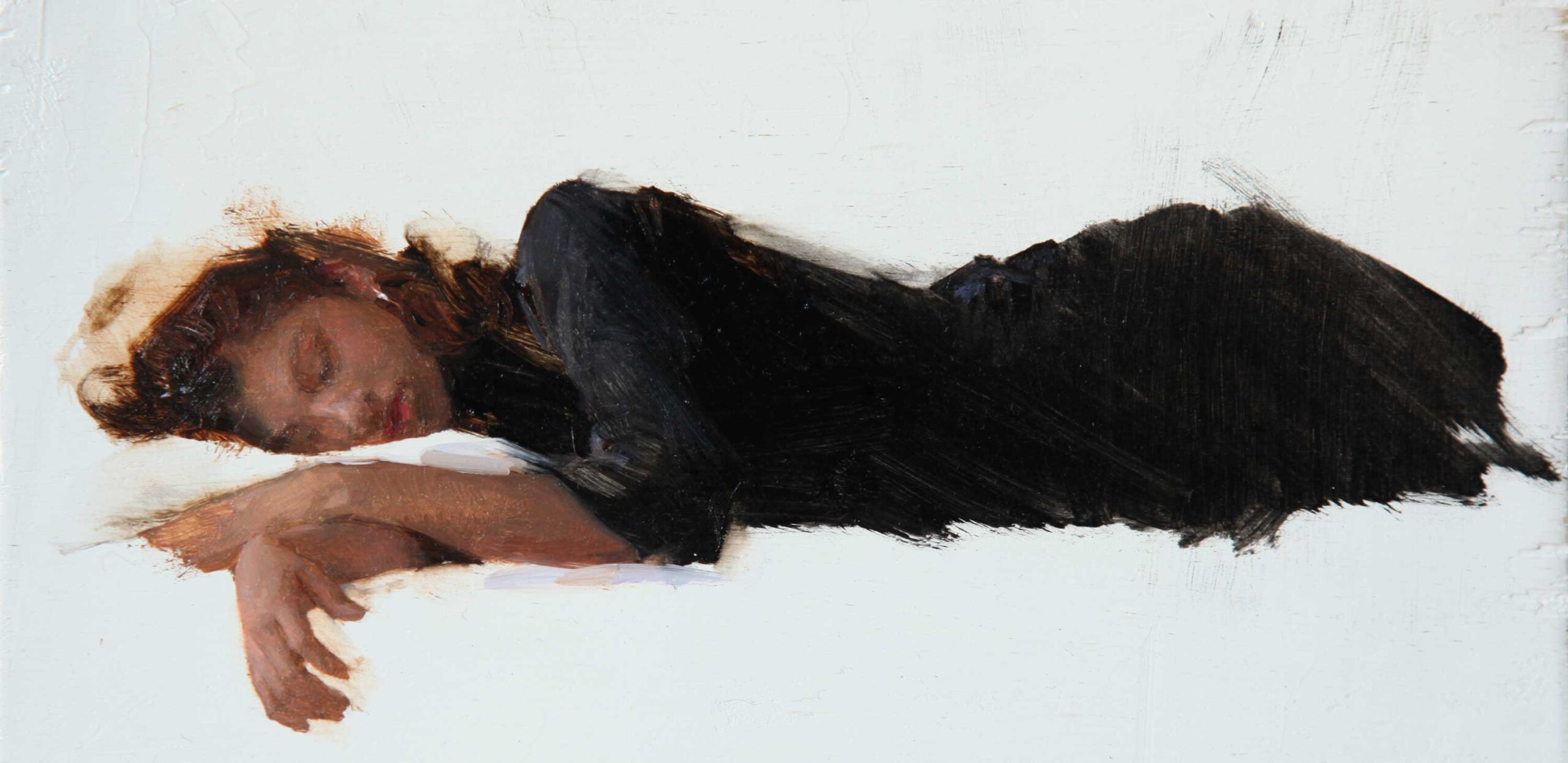
Representational art is the only part of life that actually has been affected by this move toward meaninglessness, because it has become completely conceptual. There is no such thing as a world where ideas do not have consequences, and where a moral code—secular or biblical—doesn’t exist. Painting is a luxury that brings joy to our lives, it allows us time to sit in front of nature and be awed by the beauty that exists. If postmodern artists were to advise their physicians to practice medicine in a way similar to the way they practice art, they probably wouldn’t feel too comfortable in the doctor’s office. To be honest, a trip through the MoMa gives me a similar feeling.
We create because it is essential to our character as human beings. Think about why we create music, sculptures, or paintings. Art serves no purpose for survival. If we had to go without art we could. Everything we experience as human beings is reflected in our art. It is not until paintings or sculptures are created that we begin to see the art spirit take form. Art is the conduit for the artist’s soul to escape into the here and now of present-day reality. I often say that the essence of our spirit is sustained in a thin layer of paint on canvas for generations after us to behold.
We know in the depth of our souls that staring at a modern canvas painted all white does nothing to us. People are therefore once again returning to representational art. Countless tourists from all over the world walk the halls of the Metropolitan Museum of Art every year. It would be fair to assume that the average person probably doesn’t understand the technical process behind any of the works they are admiring. But being unable to discern what went into the painting or sculpture does not hinder observers from enjoying the art’s inherent beauty.
This observation of inherent beauty is also true for a sunset or a waterfall with a rainbow in the mist. No mind can fully understand the depth of how glorious a sunset is. I’m not discrediting any sort of science that describes the process of light refracting through the atmosphere. I’m talking about the creation of light and matter arranged in a way so that it can be perceived as a sunset.
In order to even see anything we need to have vision, which is a miraculous concept in itself. Imagine for a moment: because of our inability as human beings, we can’t fully comprehend where everything comes from. Our life is sustained by an infinite number of tiny variables. If any one of these were off, we could not exist. Something is holding every piece of the puzzle together. The notion that anything can come from nothing is hard to imagine but many brilliant people think this way. Science would lose all meaning if the world was an accident, because nothing could be predicted.
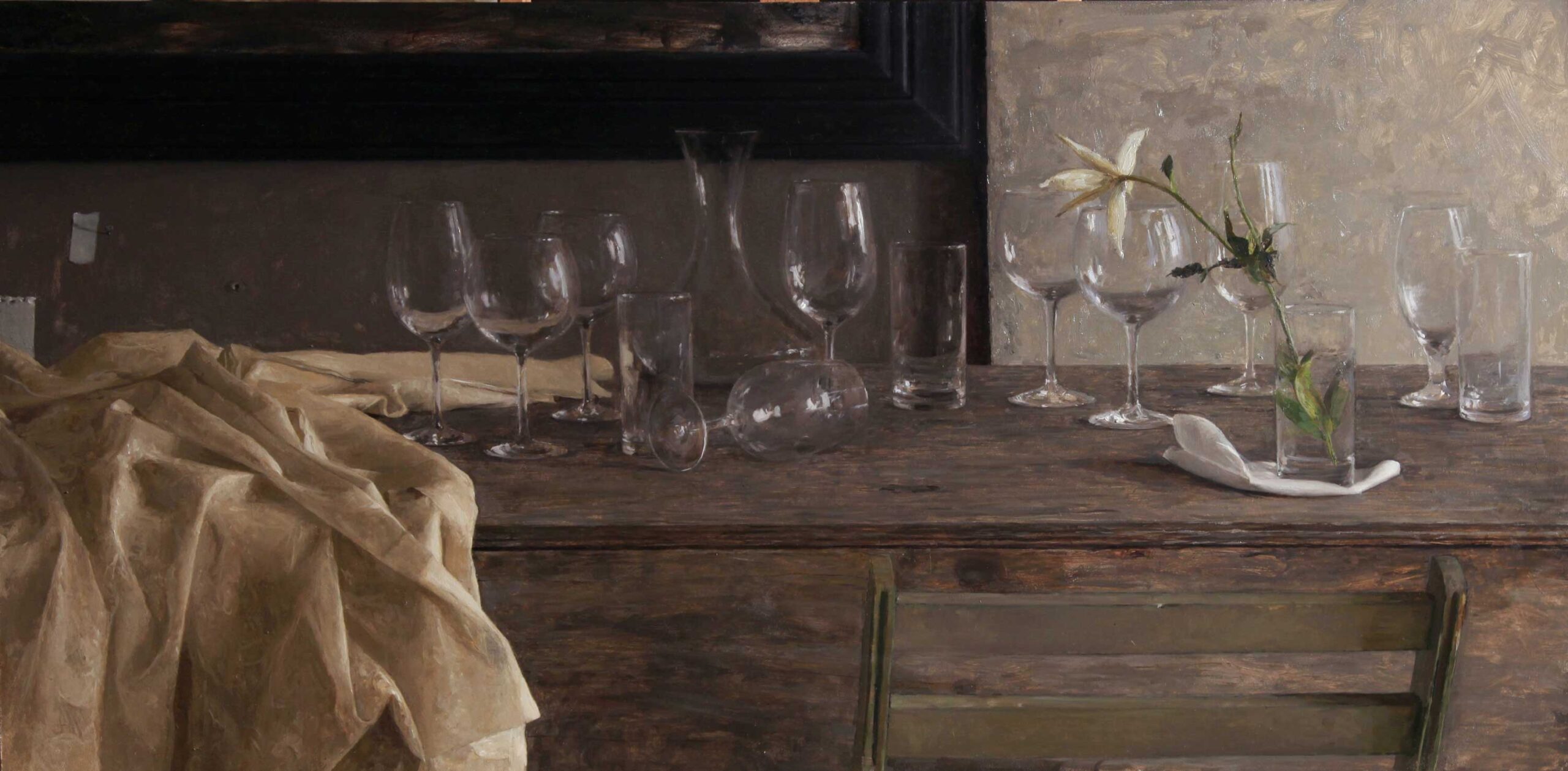
If painters of our time only try to duplicate a similar aesthetic to paintings that have already been made, they will unfortunately always be “re-presenting representation.” If we are inspired only to paint something that is visually similar to paintings we have seen from the past, then we are limiting ourselves to a superficial discovery of what art is truly about. I believe that art is the celebration of creation. It is a response to the beauty in the natural world. Art is an expression of thanks to the One who created everything. Right now the art world seems almost completely devoid of beauty and truth. There is a spirit, but it is one that is far from meaningful.
Contemporary realism will be accepted by the art world. It is the humble pursuit of beauty and truth that will not be accepted. If you paint an image of a little girl posed in white, this will not be accepted. But if you paint with the same amount of ability and skill something shocking, it will be accepted. There is a trend occurring, and I believe it all stems from the philosophy that says everything comes from nothing.
The new Atheists have been successful in convincing the world that nothing was designed. Someone would think I was joking if I told them that my latest painting happened when my palette fell to the floor, and paint bounced up and landed on my canvas, in perfect representation of flowers and a vase. This illustration may seem silly, but on a grand scale this is what many people believe about the world around us. The evidence for the world being the work of a thinking, creative being is overwhelming—all you have to do is look at a flower or the waves of the ocean. The Golden Rectangle is just one of many signs that show there is order present in the universe.
At one point I said that “I will spend my life trying to paint something beautiful.” Now, I would change that, and say instead, “I will spend my life painting what is already beautiful.”
Connect with the artist: www.michaelkleinpaintings.com
Opportunity for Contemporary Realism Artists
- Become a Realism Today Ambassador for the chance to see your work featured in our newsletter, on our social media, and on this contemporary realism website.


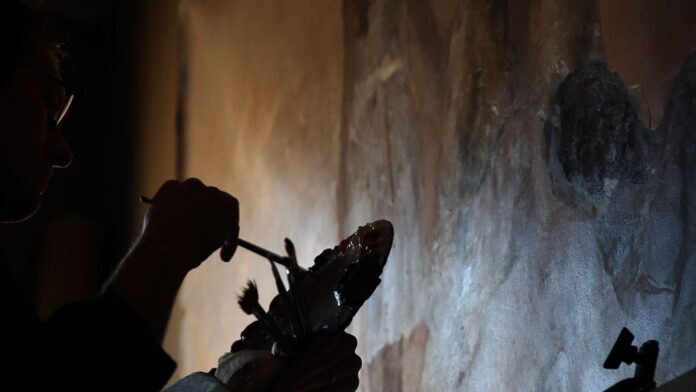



There’s no such thing as God, nor is there any proof. And there are many atheistic reasons for art to exist. One concise reason is to show people what they don’t see in a scene or a thing. Concise reason #2 could be artists offer a vision that is toiled over with consciousness and handicraft when executed well is a marvel to be seen. Concise reason #3 could be that the eye of the artist, and the hand of the artist, delivers a window through reality which the viewer makes something out of. It is an illusion in two dimensional form, and a static representation in three dimensional form, unless it moves. What is a concise reason for art? Even theists don’t have a true reason for art, only an opinion; if a God were to exist no one could presume to know the mind of a Judeo-Christian God anyway.
Douglas, may I respectfully ask a question? If there is no proof of God, then how is there proof of artists? Like Michael presented in his thoughtful article, art doesn’t make itself. It would be outside of logic to presume that his palette somehow bounced from the ground and created a work as skillfully rendered as these pieces he has shared with us. There is a mind and hand and heart behind what he creates. We can freely accept this to be true of the artists we know on earth. How then does it differ when considering the natural art of the earth? Trees, flowers, oceans, rivers and the complexities of DNA to the awesomeness of our universe. Was this created by a palette randomly dropping to the ground? Would it be logical to believe there was no hand behind it? And if, somehow, we did believe this …then who dropped the palette in the first place? I ask this kindly and with respect.
This is so well expressed. Thank you.
Wow, Michael – this is such an intelligent and soulful defense of your beliefs and reason for painting beauty. I so enjoy the elements of the natural world and also believe that they are created. The last line about painting what is already beautiful resonated with me. Sometimes, I just sit and ponder the shapes and shadows of the mountains, or the billowing clouds, the atmosphere, temperature or the wind. When I paint these things, I show others what I see and isn’t it incredible that others recognize it? They see it too.
Wow! Beautiful words, beautiful soul! I’m with you. Thank you for those well put together thoughts.
“The sweetest thing in all my life has been the longing — to reach the Mountain, to find the place where all the beauty came from — my country, the place where I ought to have been born. Do you think it all meant nothing, all the longing? The longing for home? For indeed it now feels not like going, but like going back.”
― C. S. Lewis, Till We Have Faces
Just read this book a couple of months ago- so full of vivid imagery, it stirs my soul to paint!
I have been thinking a lot lately about the difference between the instructions to Moses in creating the represented Beauty of God in the tabernacle, the portal through which to experience the Source, and the counterfeit representation in the golden calf. It is like a warning from God that we need to be aware of what might be presented to us as authentic.
And thank you, Michael Klein, for sharing your thoughts and your very powerful work.
Michael is a brilliant painter, and I’ve admired his work for years. But, as Nietzsche observed, “We have art in order not to die of the truth.” And as he also wrote, “The truth once seen, man is aware everywhere of the ghastly absurdity of existence…” I truly envy Michael his artistic talent and faith, but…..
Michael IS a very good painter! He has been so gracious to share his work and thoughts with us in this article. With the quotes you shared and the question you raised, may I ask you a question in return? What is truth? According to your premise, how can we know that one is dying of it or that one has seen it?
Comments are closed.